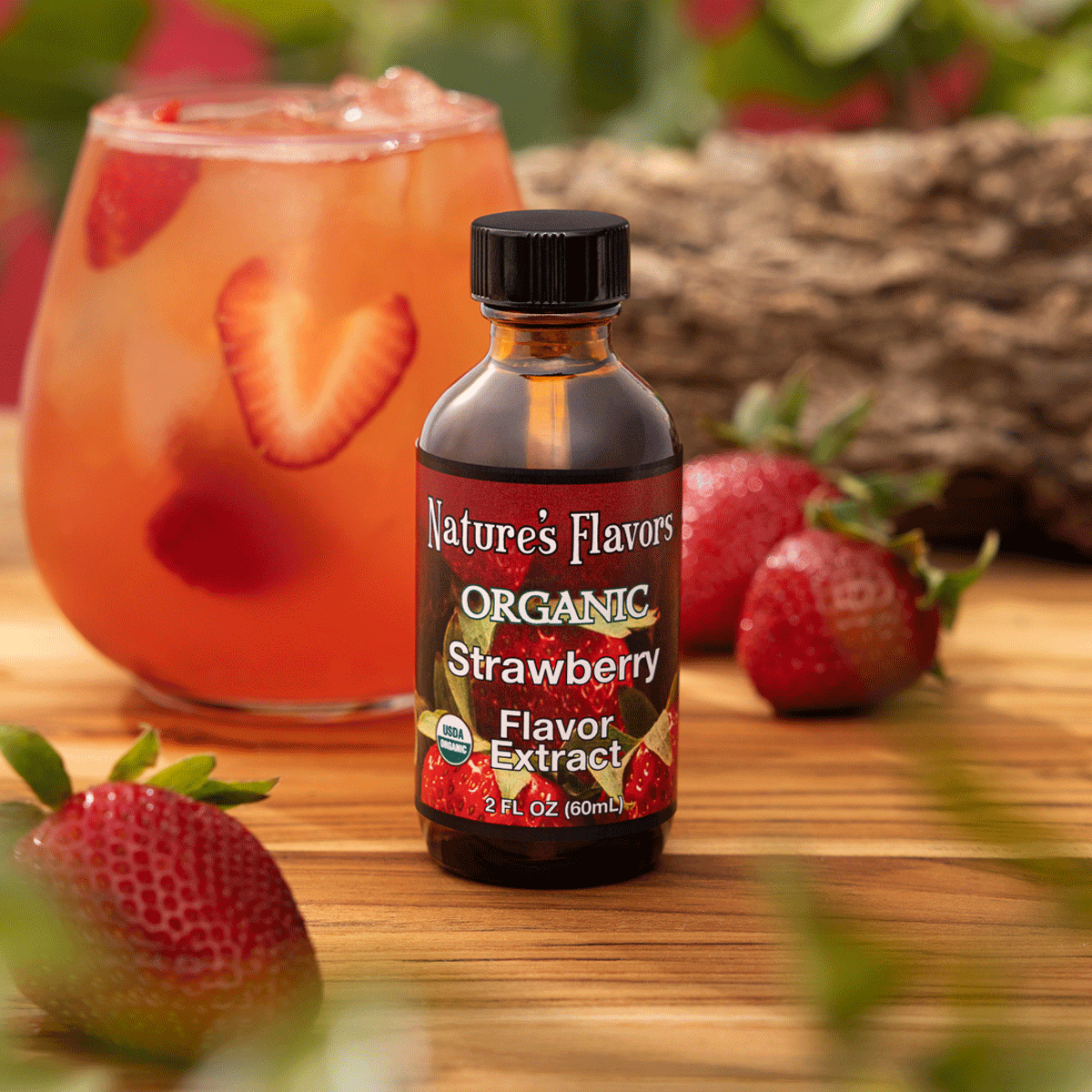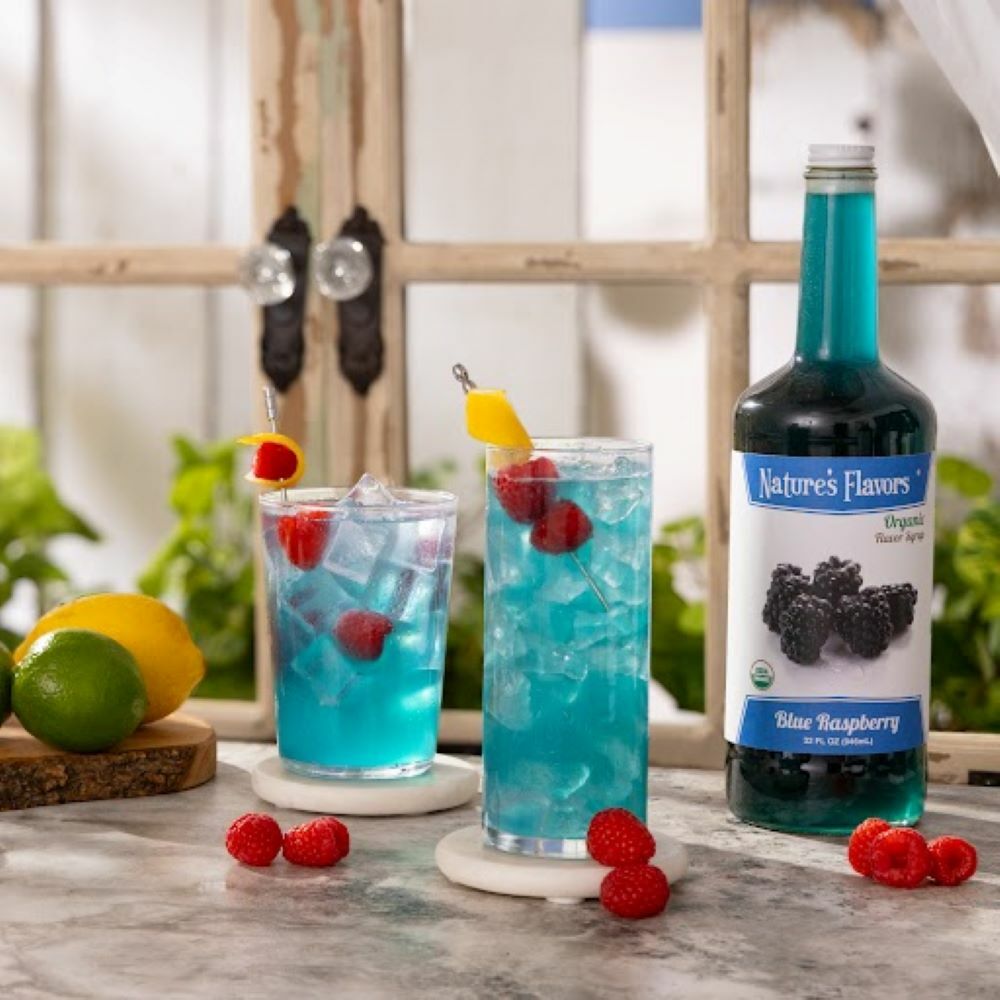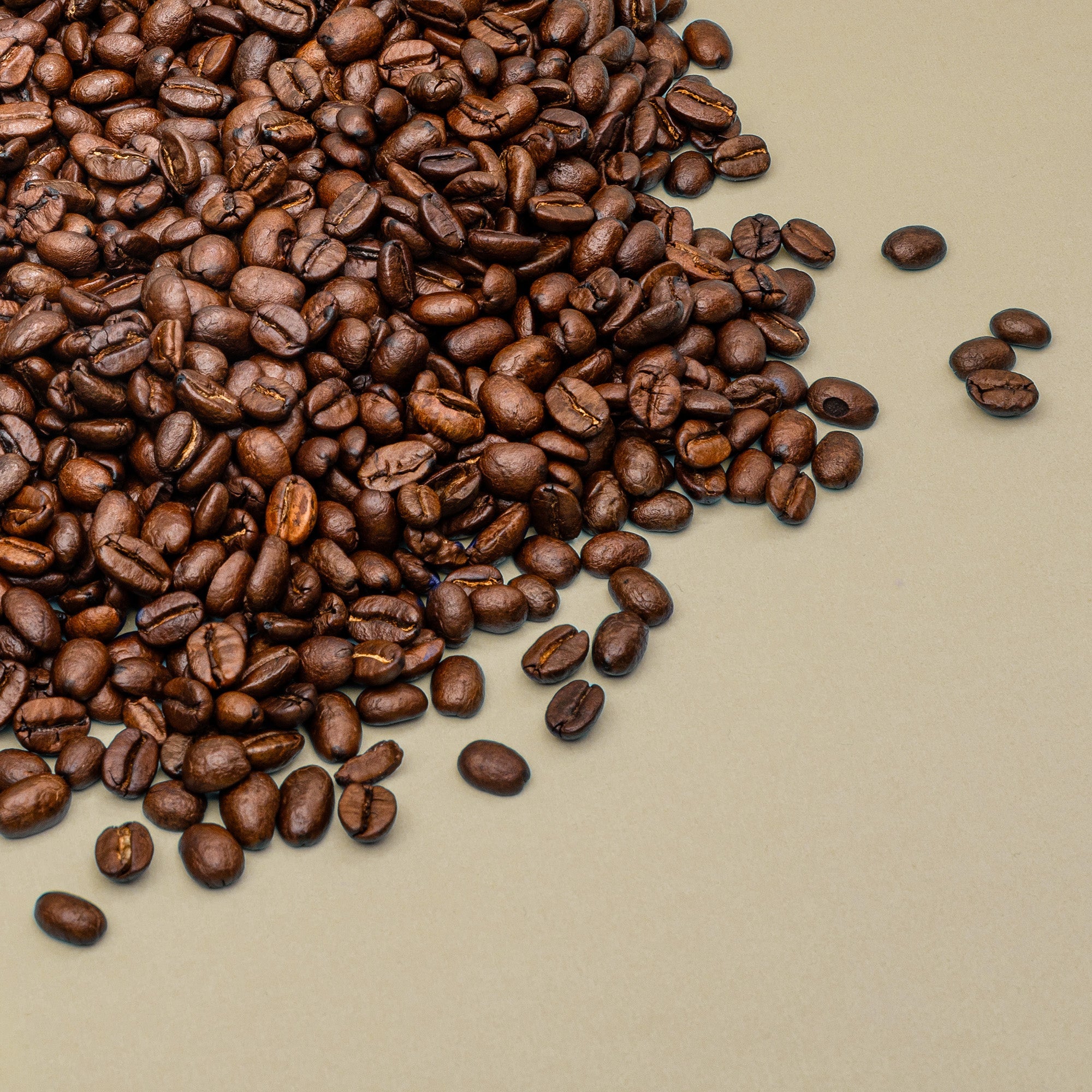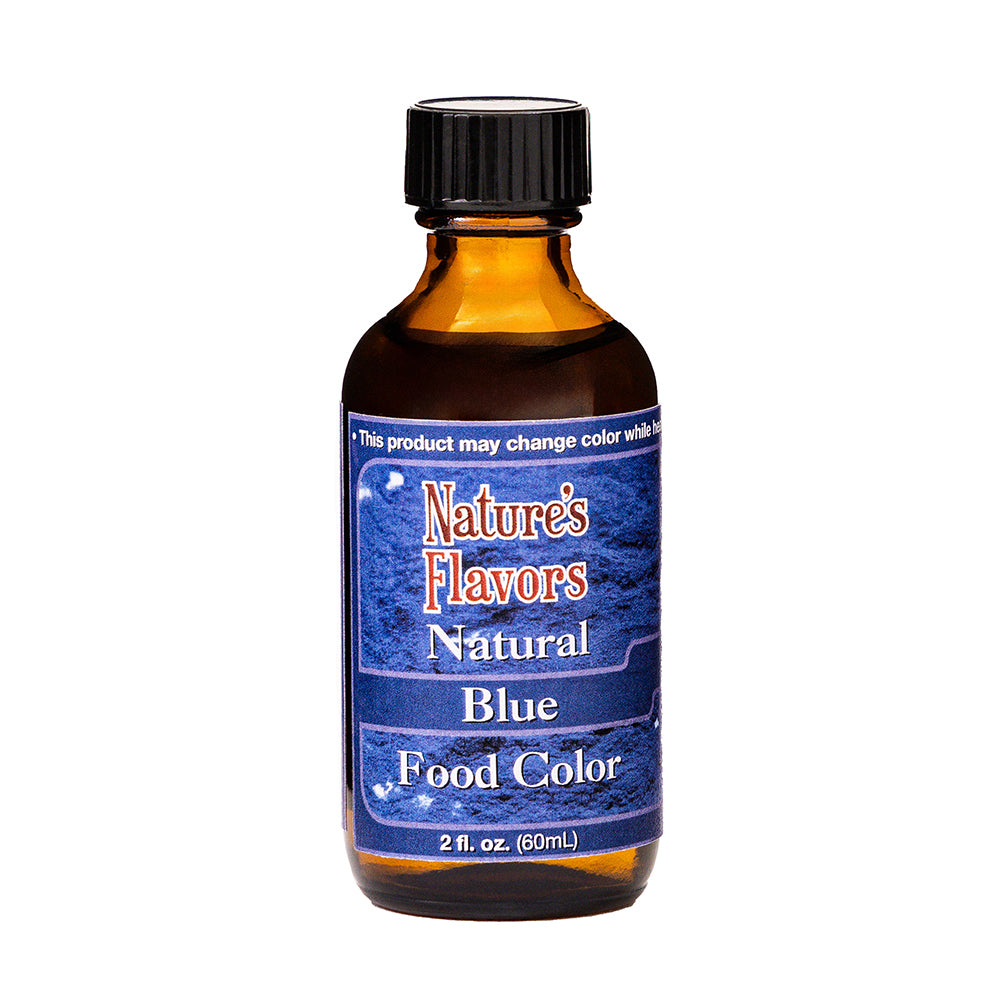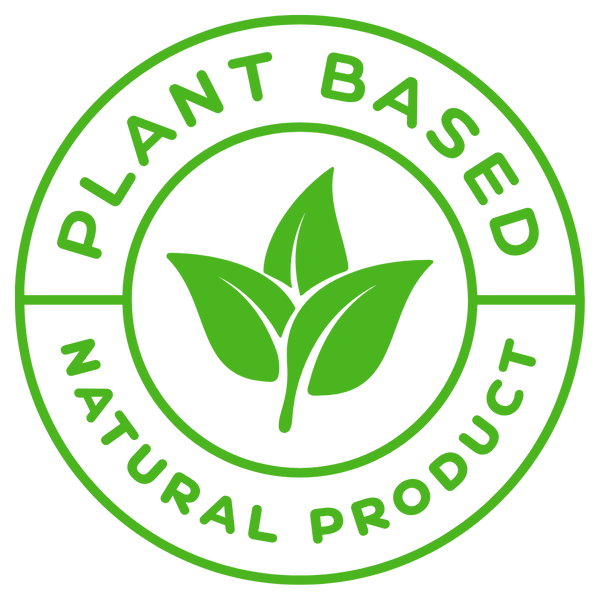Quinine Flavor Concentrate, Natural is a top-quality flavoring agent designed to deliver the unique, slightly bitter taste of quinine to various culinary and beverage uses. This natural concentrate ensures a consistent and genuine quinine flavor, making it perfect for both professional chefs and home enthusiasts aiming to recreate classic tonic water or add a distinctive twist to their recipes. Derived from natural sources, it offers a pure and clean taste without any artificial additives. Its versatility and strength make it a valuable addition to any kitchen or bar, allowing precise control over flavor intensity.
Applications: Quinine Flavor Concentrate, Natural is used to flavor beverages like tonic water, cocktails, and sodas. It can also be added to culinary dishes to introduce a unique bitter note.
Ingredients: The concentrate is made from natural quinine extract, ensuring a high-quality and authentic flavor profile. It contains no artificial colors, flavors, or preservatives, making it a clean-label product suitable for a wide range of dietary preferences.
Benefit: The main benefit of using Quinine Flavor Concentrate is its ability to provide a consistent and authentic quinine flavor, essential for creating traditional tonic water and other beverages. Additionally, its natural formulation means it is free from artificial additives, appealing to health-conscious consumers. The concentrate's potency allows for economical use, as only a small amount is needed to achieve the desired flavor intensity.
Brewing Instructions: To create a classic tonic water, mix the Quinine Flavor Concentrate with carbonated water and sweetener to taste. Adjust the concentration based on personal preference and the specific application. For cocktails, add a few drops to the drink to impart the desired level of bitterness.
Storage: Store the Quinine Flavor Concentrate in a cool, dry place away from direct sunlight. Ensure the container is tightly sealed to maintain freshness and prevent contamination. Proper storage will extend the shelf life of the concentrate, ensuring it remains potent and flavorful for an extended period.
Caution: While quinine is generally safe for consumption in small amounts, it is important to use the concentrate responsibly. Excessive consumption of quinine can lead to adverse effects, so it is crucial to adhere to recommended usage guidelines. Individuals with specific health conditions or sensitivities should consult a healthcare professional before using products containing quinine.


